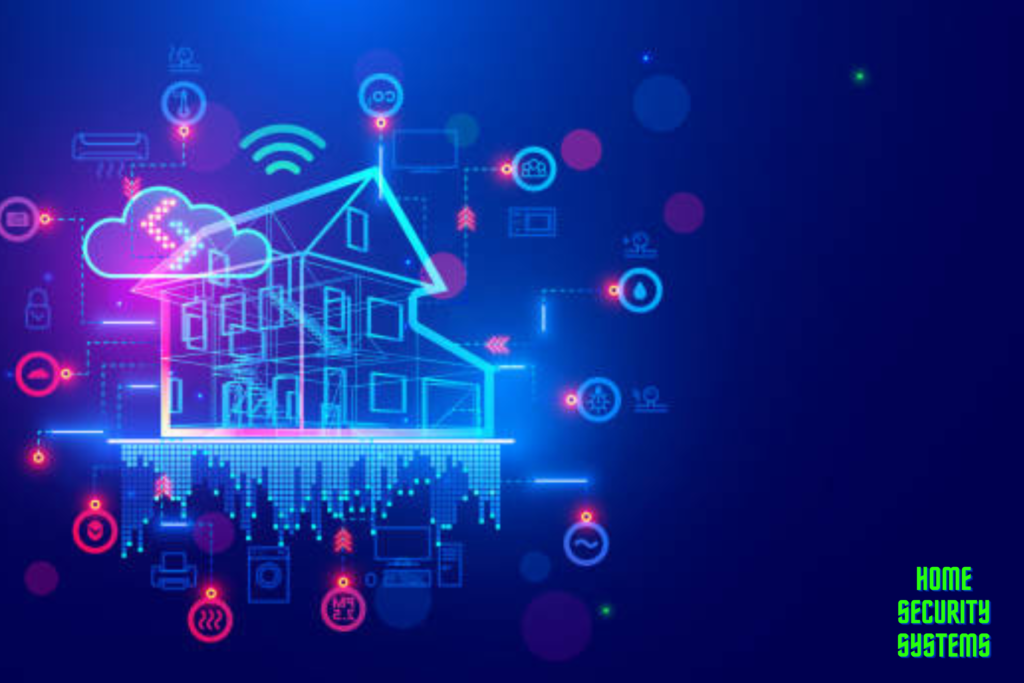Introduction: In today’s world, ensuring the safety of your home and loved ones is more important than ever. Home security systems offer a proactive solution to safeguarding your property against potential threats. This guide explores the various types of home security systems, their components, installation tips, and factors to consider when choosing the right system for your needs.
Understanding Home Security Systems
Home security systems are designed to protect your home from intruders, burglars, and other emergencies by utilizing a combination of devices and technologies.
Types of Home Security Systems
Wired Security Systems
Wired systems are typically more reliable and less prone to signal interference, but they require professional installation due to their physical wiring requirements. You may also like to read about. Home Maintenance: A Comprehensive Guide to Keeping Your Home in Top Shape
Wireless Security Systems
Wireless systems offer flexibility in installation and are often DIY-friendly, utilizing Wi-Fi or cellular signals to communicate with sensors and devices.
DIY Home Security Systems
DIY systems are designed for easy self-installation and monitoring, providing customizable solutions without the need for professional assistance.
Components of a Home Security System
Control Panel
The central hub that manages the entire security system, usually located in a discreet yet accessible location within the home.
Sensors
Door and window sensors detect unauthorized entry, triggering alarms or notifications to the homeowner and monitoring service if activated.
Cameras
Surveillance cameras provide visual monitoring of both indoor and outdoor areas, offering live feeds and recorded footage accessible via mobile devices.
Alarms
Audible sirens and alerts are triggered when sensors detect suspicious activity, alerting occupants and potentially deterring intruders.
Monitoring Services
Professional monitoring services offer 24/7 surveillance, alerting authorities in case of emergencies, ensuring rapid response times.
Choosing the Right Home Security System
Consider your specific security needs, budget constraints, installation preferences, and integration capabilities with existing smart home devices.
Benefits of Home Security Systems
Enhanced protection against burglaries, fire, and emergencies, providing peace of mind for homeowners and potential insurance discounts.
Tips for Installing and Maintaining Your Home Security System
Strategically place sensors and cameras, conduct regular system tests, and consider upgrading to newer technologies as needed to maintain optimal performance.
Common Issues and Troubleshooting
Address false alarms, battery life concerns, and compatibility issues with timely troubleshooting and professional assistance when necessary.
Future Trends in Home Security
Advancements in AI, machine learning, and IoT integration are shaping the future of home security, enhancing system intelligence and user convenience.
Conclusion
Investing in a reliable home security system is a proactive step towards protecting your family and property, offering peace of mind and safeguarding against potential threats.
Frequently Asked Questions (FAQs):
Q1: What are the essential components of a home security system?
A: Key components include control panels, sensors, cameras, alarms, and monitoring services.
Q2: How do wireless home security systems differ from wired systems?
A: Wireless systems offer flexibility in installation and are often DIY-friendly, while wired systems are known for their reliability and typically require professional installation.
Q3: What factors should I consider when choosing a home security system?
A: Consider your security needs, budget, installation preferences, and integration capabilities with smart home technology.
Q4: Are home security systems worth the investment?
A: Yes, investing in a home security system provides enhanced protection, peace of mind, and potential insurance benefits.
Q5: How can I maintain my home security system for optimal performance?
A: Regularly test your system, replace batteries as needed, and consider upgrading components to stay ahead of potential issues.

